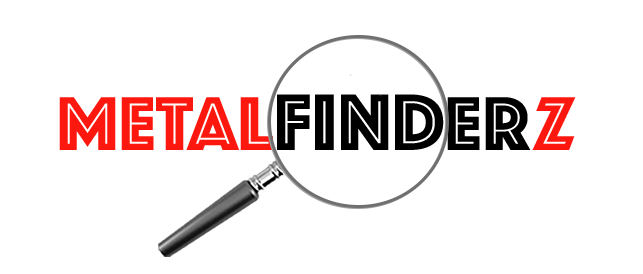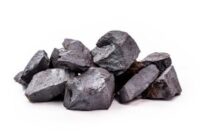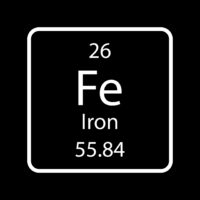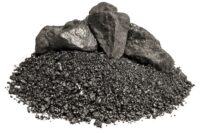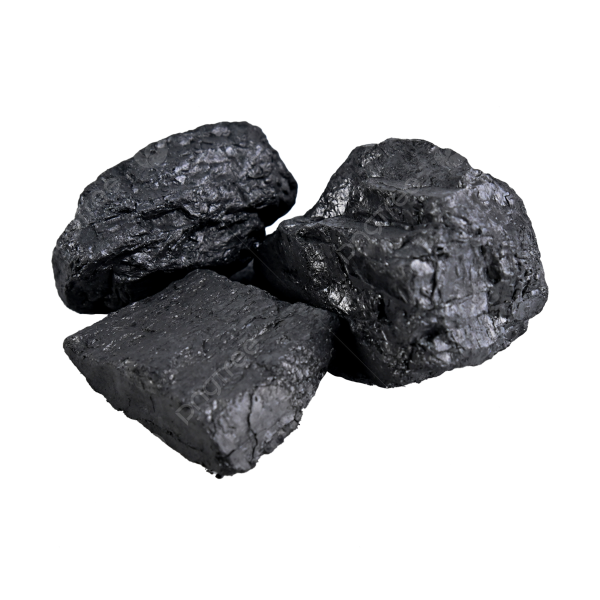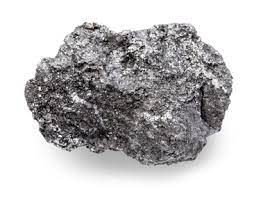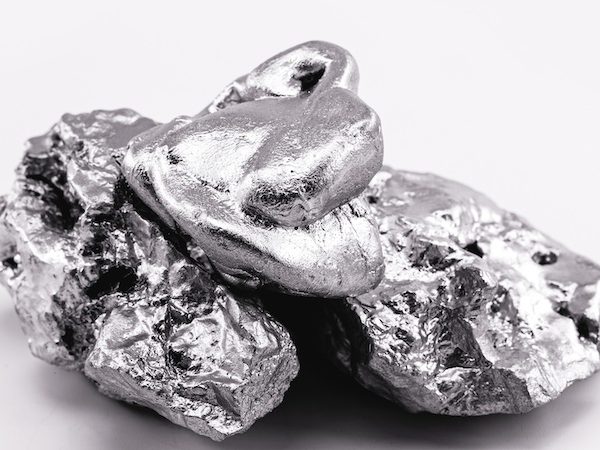Origin:TANZANIA 🇹🇿
High percentage (60% to 70%)
Price: TBC
Nearest port:Dar es Salaam or Tanga port.
Available quantity:2 000MT
Monthly supply capacity:50000MT
MOQ:10 000MT
Iron Ore: The Bedrock of Steel Production
Iron ore, the unassuming foundation of our modern world, fuels the production of steel, the backbone of countless industries. This reddish-brown rock, rich in iron oxides, undergoes a complex journey from mine to molten metal, shaping everything from skyscrapers to automobiles.
Description:
Iron ore exists in various forms, including hematite (Fe203), magnetite (Fe304), and limonite (FeOOH). Its quality is primarily measured by iron content, with high-grade ores exceeding 60% Fe being the most sought-after. Other key factors include impurities like silica and alumina, impacting steel production efficiency and quality.
Key Source Countries:
- Australia: The world’s largest iron ore producer, boasting vast reserves and high-grade deposits. Major players include BHP Billiton, Rio Tinto, and Fortescue Metals Group.
- Brazil: Home to the Carajas mine, one of the largest iron ore deposits globally. Vale, the world’s second-largest producer, dominates Brazilian output.
- China: While possessing significant domestic reserves, China’s growing demand necessitates substantial imports, making it a major player in the global iron ore trade.
- India: Although possessing sizable resources, India’s infrastructure limitations and lower-grade ores often result in dependence on imports.
- Other notable producers: Mauritania, Russia, South Africa, Ukraine, and the United States.
World Output Volumes:
Global iron ore production has steadily increased over the past decade, surpassing 2.4 billion tonnes in 2023. Australia remains the clear leader, followed by Brazil and China. However, fluctuations in demand and supply dynamics can trigger price volatility.
Major Producers and Market Share:
- BHP Billiton: The world’s largest producer, accounting for roughly 20% of global output. Renowned for its high-quality Pilbara deposits in Australia.
- Vale: The second-largest producer, controlling approximately 15% of the global market. Operates the Carajás mine in Brazil, known for its massive reserves.
- Rio Tinto: Another major Australian producer, holding around 13% of the global market share. Significant presence in Pilbara and other Australian iron ore regions.
- Fortescue Metals Group: Australia’s third-largest producer, contributing roughly 8% of global output. Focuses on high-volume, lower-grade ores.
- Other major producers: Anglo American, MMG, LKAB, and numerous smaller players contribute to the remaining market share.
Forms of Trade:
Iron ore is primarily traded in two forms:
• Seaborne iron ore: This bulk commodity dominates international trade, accounting for over 80% of global iron ore movement. Transported via large vessels, usually exceeding 100,000 tonnes capacity.
Pellet feed and pellets: Processed, concentrated forms of iron ore with higher iron content and improved handling characteristics. Often traded in smaller ships or via rail.
Price Trends (Past 5 Years):
Iron ore prices have experienced significant fluctuations over the past five years:
- 2019: Prices fluctuated between $80 and $95 per tonne due to concerns about Chinese demand and supply disruptions.
- 2020: Pandemic-induced lockdowns caused a sharp decline, reaching lows of $50 per tonne before rebounding due to China’s stimulus measures.
- 2021: Prices surged to record highs exceeding $230 per tonne, driven by a surge in Chinese steel demand and supply constraints.
- 2022: Prices started correcting, falling to around $120 per tonne due to concerns about slowing Chinese demand and rising production.
- 2023: Prices maintained volatility, ranging between $80 and $130 per tonne, influenced by geopolitical tensions, inflation, and fluctuating demand forecasts.
Major Importing Countries:
- China: The world’s largest iron ore importer, consuming approximately 70% of global seaborne trade. Its steel production heavily relies on imported iron ore.
- Japan: The second-largest importer, heavily reliant on Australia and Brazil for its iron ore needs.
- India: Growing domestic steel demand necessitates substantial iron ore imports, primarily from Australia and South Africa.
- South Korea: A major steel producer, heavily dependent on imported iron ore, mainly from Australia and Brazil.
- Other major importers: The European Union, Southeast Asian countries, and the Middle East are significant contributors to global iron ore import demand.
Major Exporting Countries:
Australia: The largest iron ore exporter, accounting for over 50% of global seaborne trade. Boasts high-quality deposits and efficient export infrastructure.
Brazil: Second-largest exporter, contributing around 20% of global trade. Renowned for the Carajás mine and ongoing production expansions.
Canada: Third-largest exporter, holding an approximate 12% market share. Focuses on high-grade hematite ores from Labrador and Quebec regions.
South Africa: Significant exporter, controlling around 7% of global iron ore trade. Major mines include Sishen and Kumba
Ukraine: Holds around 2% of the global market share, primarily exporting from the Kryvyi Rih basin. However, ongoing
geopolitical factors impact its export capacity.
Mauritania: Growing exporter, accounting for about 1.5% of global trade. Known for the Guelb El Rhein mine and government-
backed development initiatives.
Other notable exporters: Sweden, Liberia, Iran, Kazakhstan, andthe United States contribute to the remaining export volume.
Considerations for International Traders and Buyers:
Supply chain disruptions: Geopolitical tensions, infrastructure limitations, and extreme weather events can affect supply
chains and impact iron ore availability. Grade variations: Understanding the iron content, impurities, and specific characteristics of various ores is crucial for optimizing
steel production and pricing.
Sustainability concerns: Growing environmental regulations and ethical sourcing requirements influence buyer preferences and
production practices. Demand fluctuations: Fluctuations in steel demand, particularly from major importers like China, can significantly impact iron
ore prices. Market trends: Staying informed about upcoming infrastructure projects, trade agreements, and technological advancements
in steel production can provide valuable insights. By understanding these factors and the unique characteristics of different suppliers and importing countries, international traders and buyers can make informed decisions in the
dynamic iron ore market.
